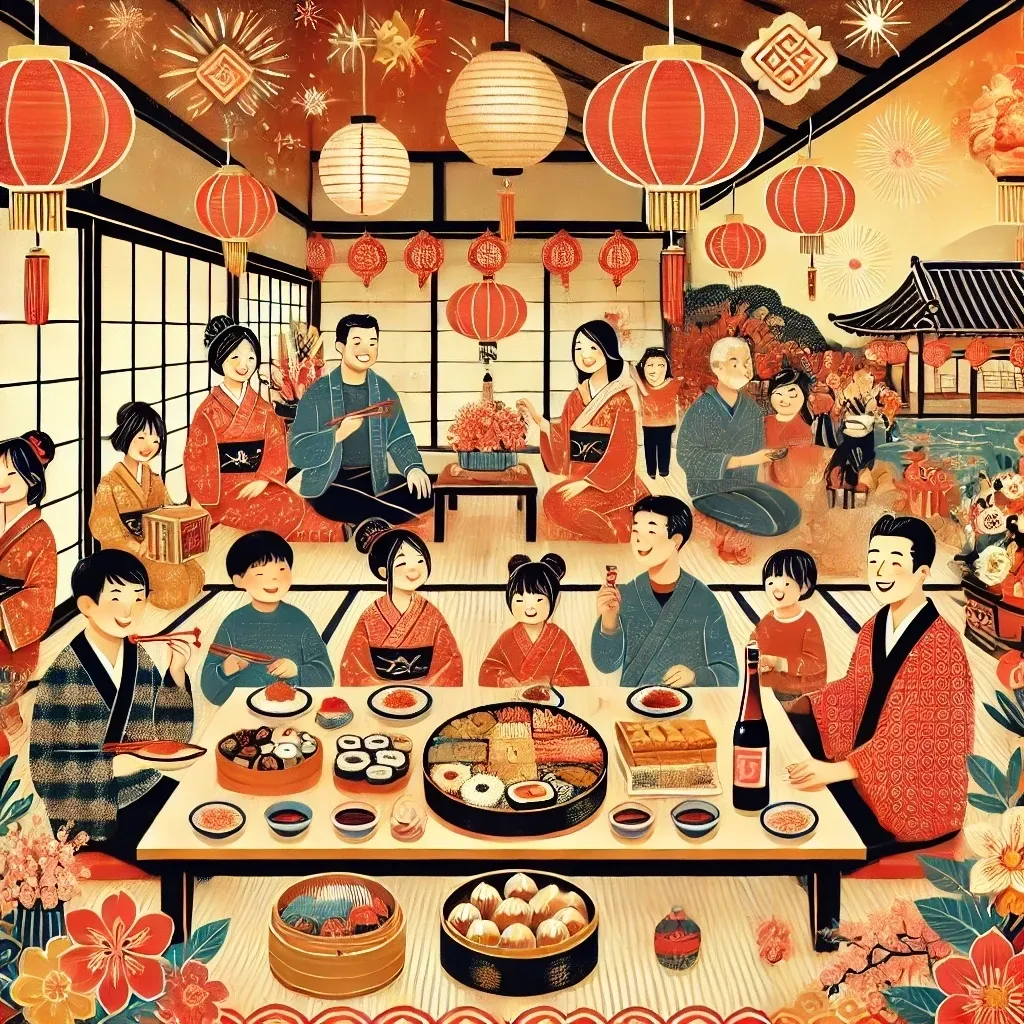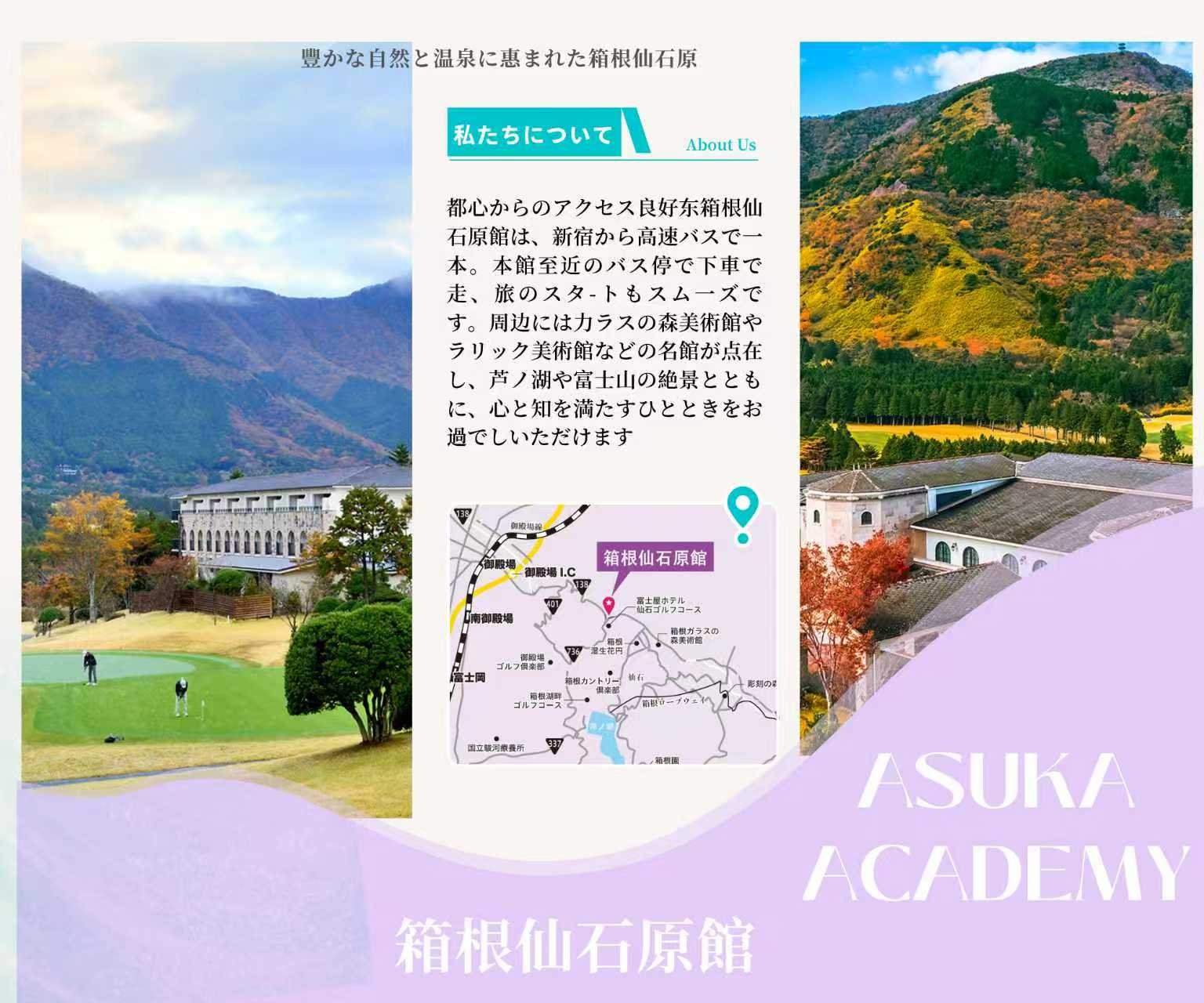Although the Spring Festival is a traditional Chinese holiday, Japanese people generally do not celebrate it. The main reason is that since the Meiji Restoration in 1873, Japan adopted the Western solar calendar (Gregorian calendar) as its primary calendar. As a result, most traditional festivals have gradually shifted to solar calendar dates. In Japan, the concept of the “Spring Festival” is more associated with the Lunar New Year celebrations in China and other East Asian countries.

Nevertheless, there are some customs and relevant situations in Japan that are similar to the Spring Festival:
1. Influence of Chinese Culture
Chinese communities celebrate: In areas with large Chinese populations in Japan, such as Yokohama Chinatown, Kobe Nankinmachi, and Shinchi Chinatown in Nagasaki, lively Spring Festival celebrations are held. These include dragon and lion dances, lantern displays, and festive food markets.
Tourism consumption: In recent years, as more Chinese tourists travel to Japan during the Spring Festival, Japanese businesses and tourist attractions have started launching special activities and promotions. These include displaying Chinese New Year greetings like “Happy New Year” in Chinese and offering special shopping discounts.
2. Traditional New Year (Shōgatsu) Celebrations
Japan celebrates its New Year on January 1st of the Gregorian calendar, known as Shōgatsu (お正月). The celebrations bear some resemblance to the Chinese Spring Festival:
Family gatherings: Japanese people typically spend the New Year with their families, creating a festive and warm atmosphere similar to Chinese New Year reunions.
New Year greeting cards (Nengajō): Similar to the Chinese custom of paying New Year visits, Japanese people send Nengajō cards to express New Year wishes.
Special food (Osechi Ryōri): Japanese families prepare elaborate traditional New Year dishes, much like the Chinese New Year’s Eve dinner.
Shrine visits (Hatsumōde): During the New Year period, people visit shrines or temples for the first time in the year to pray for peace and good fortune.
3. Spring Festival Elements in Japan
During the Chinese New Year period, some Japanese businesses, restaurants, and local areas reflect the festive spirit:
Yokohama Chinatown holds a Spring Festival fair.
Japanese department stores and brands launch Spring Festival-themed promotions and products to attract Chinese tourists.
In conclusion, although Japanese locals do not traditionally celebrate the Lunar New Year, the celebrations by Chinese communities and marketing efforts by businesses contribute to a festive Spring Festival atmosphere in Japan.




